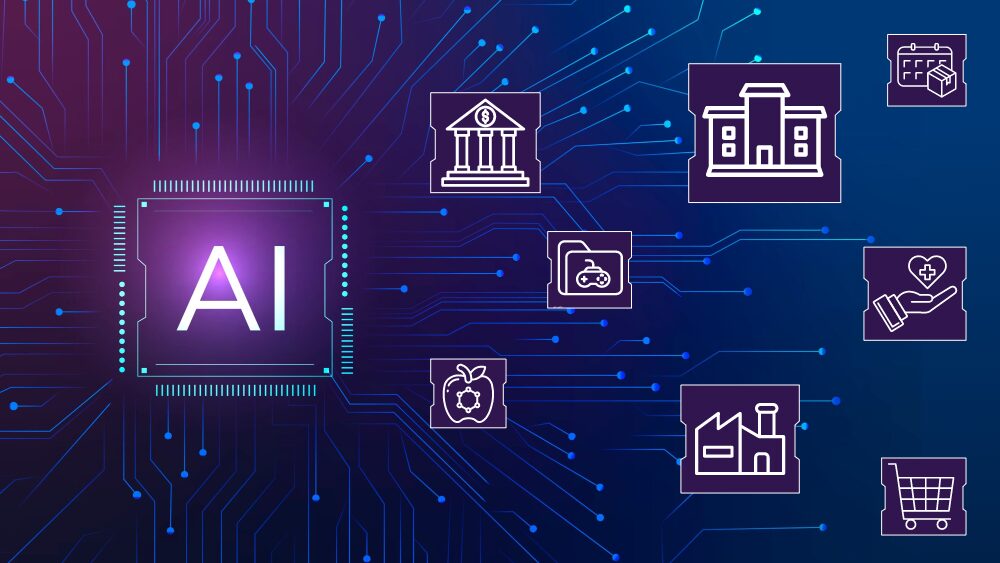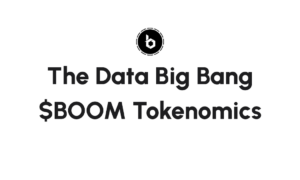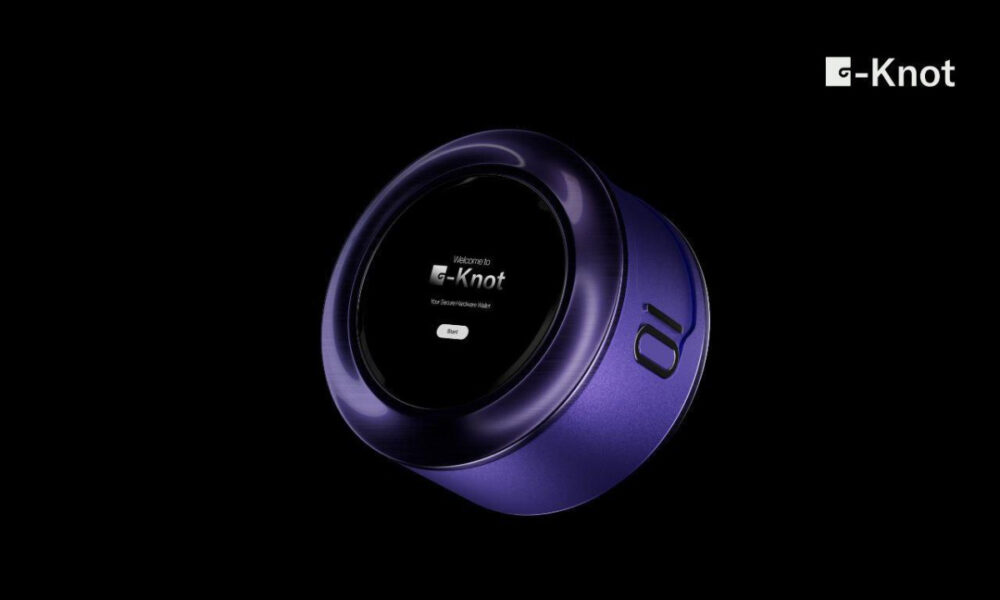The banking world is changing fast, and it’s all thanks to artificial intelligence (AI) and automation. These technologies are stepping out of the shadows to transform how banks operate, making the entire banking experience faster, smarter, and more customer-friendly. Your own bank is likely already on this path, using tech to cut costs, speed up services, and keep your money safe.
Think of AI and automation as more than just upgrades. They are revolutionizing the industry, making it possible for banks to provide personalized services, improve security, and make smarter decisions. This is a big shift from the old ways of banking, paving the path to a future where your bank is more responsive to your needs.
In this post, let’s explore how AI and automation are making your banking smoother and what this means for your everyday banking needs.
Enhancing Customer Experience with AI
AI is changing the way your bank communicates with you, tailoring everything to your needs. Have you noticed how your banking app suggests services that seem just right for you? Behind the scenes, AI is working hard to offer personalized advice and product recommendations to make your banking experience feel like it’s made for you. Here’s how it happens:
- AI systems gather and analyze large amounts of data about your banking behaviors—like your transaction history, how often you log in, and what services you use the most. Using machine learning algorithms, the system identifies patterns in your activities and preferences. This allows it to make accurate predictions about what banking products or advice might be relevant to you.
- Based on the data analysis, AI can offer personalized recommendations just for you. For example, if the AI notices you often deposit checks or carry a balance that could earn more interest in a different type of account, it might suggest switching to a high-interest savings account or investing in a certificate of deposit.
Furthermore, ever used a chat service on your bank’s website and gotten quick, helpful responses? Those are often AI-powered chatbots enabling self service customer service. These chatbots use natural language processing (NLP) to understand and respond to your queries in a human-like manner. Whether you’re asking about your latest transactions or how to open a new account, the chatbot interprets your questions and pulls information from the bank’s databases to provide accurate, helpful responses.
These AI systems are equipped with machine learning that, as the phrase suggests, learns from each interaction. They get better over time, helping ensure every piece of advice they give or support they offer is on point.
Plus, as AI and automation streamline banking operations, they also enhance the functionalities of accounting software, crucial for small businesses. Tools like FreshBooks and Wave (check out the FreshBooks vs Wave comparison) greatly simplify financial management and accounting workflows by supporting automatic bank transfers (ACH payments). This feature is a game-changer for businesses, ensuring timely bill payments and efficient cash flow management directly from their bank accounts.
Improving Fraud Detection and Prevention
AI systems monitor transactions as they happen, analyzing each one for signs of unusual activity that could indicate fraud. This is done using complex algorithms that compare current transactions against known patterns of fraudulent behavior and your typical transaction profile.
Machine learning models are trained on vast datasets of historical transaction data, which include both legitimate and fraudulent transactions. By learning from these examples, AI systems can detect even subtle signs of fraud that might elude human observers. They continuously update their understanding as new data comes in, improving their accuracy over time.
AI looks for anomalies or outliers in transaction patterns. For instance, if there’s a sudden, large withdrawal from an account that typically has low activity, the AI flags it for further review. These anomalies are often the first sign of potential fraud, and catching them early helps prevent larger issues.
Beyond detecting current fraud, AI uses predictive analytics to forecast potential future threats based on emerging trends. This proactive approach helps banks implement preventive measures before new types of fraud can proliferate.
Besides, AI doesn’t work in isolation; it integrates with other security measures like biometric verification and multi-factor authentication. This layered security approach ensures a robust defense against various types of banking fraud.
Streamlining Loan and Credit Risk Assessment
Speaking of integrations, AI systems integrate and process a vast array of data points from various sources, including traditional ones like credit scores and income, as well as non-traditional data such as utility payments, rental history, and even social media activity. This comprehensive data integration gives a more holistic view of a customer’s financial health.
Using advanced machine learning algorithms, AI analyzes the collected data to identify patterns and correlations that humans might miss. These models can predict a customer’s future financial behavior with a high degree of accuracy, assessing their creditworthiness in ways that go beyond traditional methods.
Once the AI system has processed the information, it can make credit decisions much faster than traditional methods. For example, AI can automate the underwriting process for loans and credit cards, reducing the time from application to approval from days to mere minutes.
Moreover, AI enhances risk assessment capabilities by not only evaluating the probability of default based on historical data but also by incorporating real-time economic indicators and trends. This dynamic assessment helps banks adjust their strategies according to changing economic conditions, mitigating potential risks.
AI systems use feedback from loan outcomes to continuously improve their decision-making models. If certain predictions lead to defaults, the system learns and adjusts its future assessments accordingly. This self-improving system ensures that banks remain agile in their credit offerings.
Wrapping Up
Automation and AI is reshaping the banking industry from the ground up, impacting everything from customer interactions to risk management. These technologies are not just enhancements; they are fundamental shifts that set new standards in efficiency, security, and customer satisfaction.





























